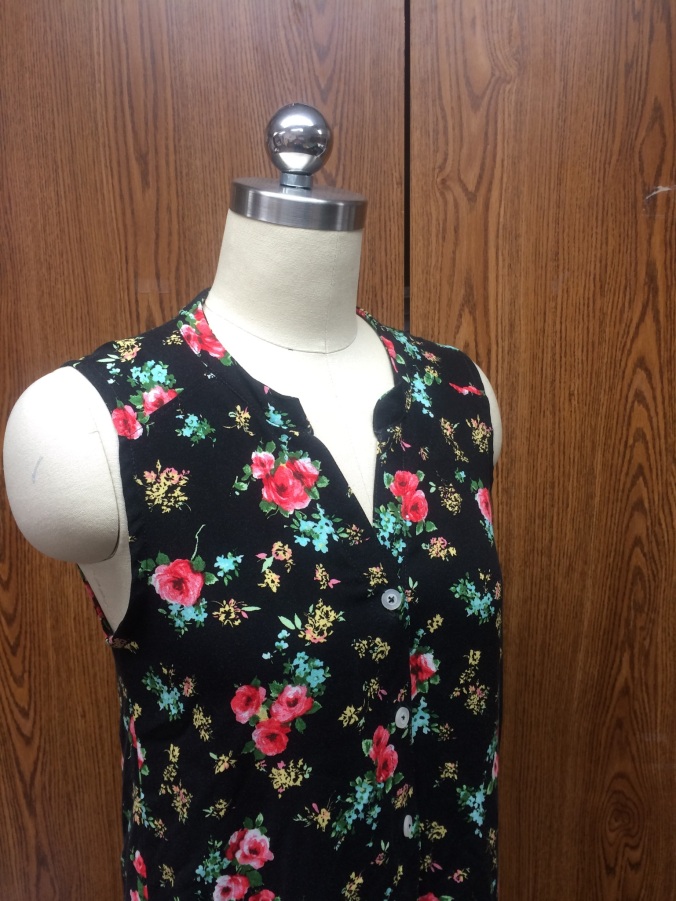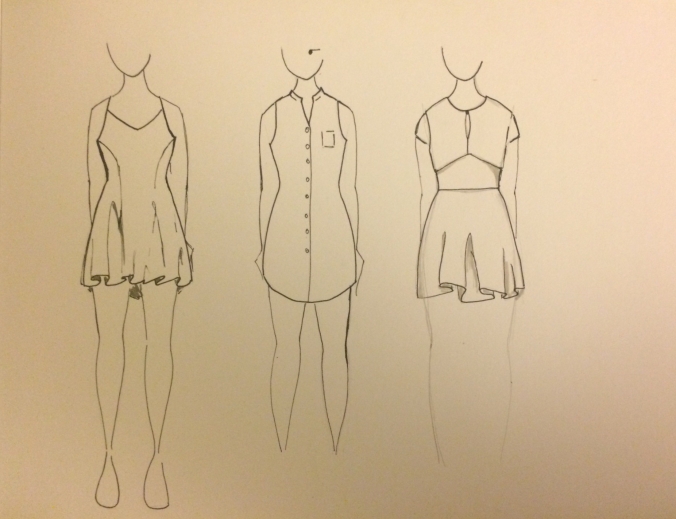It’s the middle of the night on a Sunday and I’ve been laying awake thinking about one of my regrets. There are very few things in life that fall into that category, as I made the decision long ago to give myself permission to live according to my instincts and never regret something that made sense to me in the moment.
But somehow on occasion something manages to slip through, and this one’s been bugging me for the past two years. Every once in a while I’ll find myself re-living the scenarios and wondering why I made those choices and what could be different now.
It’s not something so drastic as you might be thinking. But actually, it could have been all the difference in the world.
When I lived in London for the fall semester of 2014, I experienced a lot of things for the first time. Living in a foreign place–living outside of Colorado, even. I was forced to become extremely adaptable if I was going to have any sort of meaningful experience at all. It was necessary to be tactfully thrifty if I wanted to have any sort of nutrition besides kebab, Waitrose cheesecake, and PG Tips (UK dwellers, amiright?). Street smarts were acquired, new cultural skills learned, and if I didn’t try my damnedest to immerse myself into a new social environment. But there was something unfortunately off that I didn’t realize until it was too late.
At the time, I was very concerned with building relationships with British folk and having very British experiences. I mean, I had been planning and dreaming of living in London for about 10 years. But it was without a doubt the other international students that I built the most meaningful and lasting relationships with. I now have friends in Switzerland, Tbilisi, Australia, and The Netherlands that I wouldn’t hesitate to go visit, but when I recently spent a short stopover in London, there was no one to call upon.
So here’s the thing that is keeping me awake at night two years later: one person. One very brilliant, dynamic, wonderful person. This person had me awestruck from the moment we met, but some nagging feeling of personal inadequacy held me back from going full throttle into building a relationship. I timidly invited them to a few gatherings, and we ended up in a class together where we hit it off. But that potential for actually impacting each other’s lives was never reached. I can recall three distinct times where I turned down invitations to spend quality time with this person based purely on one of two reasons: I had a) already planned out my day and was set on that or b) I felt that accepting the invitation would result in a waste of my limited funds.
If I could go back in time I would accept each of these three invitations without hesitation. I do see very clear lessons learned about how valuable time is, and how important the choice of how we spend our time is. But I still wonder what other lessons I could have learned from this person. Had I spent more time with them and built a relationship, I could have glimpsed the world from their beautiful, unique perspective. We could have changed the world and each other’s lives through a mutual compassion towards humanity, shared faith, and passion for beauty in the world.
Since then, I have had a rather changed approach to the people I encounter. This one, lasting regret has made me realize that some gut feelings are invaluable, and some interactions are worth the time, the money, and the energy. Even when I am out of my element and less than comfortable, I try my best to be intentional about following that spark. About accepting the invitation for a Karlovacka and conversation with some Serbians and Croatians (who all looked like Dothraki) in the sketchy part of Split, discussing Thomas More with a German architect on a flight, pausing my closing work at the cafe to talk with a lonely old man, and wandering into Oslo in the middle of the night with a Filipino, Canadian, and Spaniard to sing happy birthday to a Californian.
The thing is that I’ve traveled a decent bit, become highly adaptable, and learned to capture those moments of beauty and instinct. At least at this point in my life, I believe this to be one of my best qualities. This learned skill is something that I have found to be highly valuable. If you are an extrovert, maybe this is something you’ve never had to consider. But if you are an introvert, you probably know exactly what I mean. Sometimes every ounce of me is drained and I just want to be alone, but I can say with certainty that it’s worth the extra exhaustion and discomfort to go out on that limb every once in a while and follow your gut feeling.
Dear person in London, I wish I had followed that push to know you better. You are stunning and inspiring. May we all learn to stop our busy lives and soak in those beautiful moments with beautiful people.


